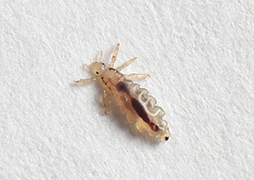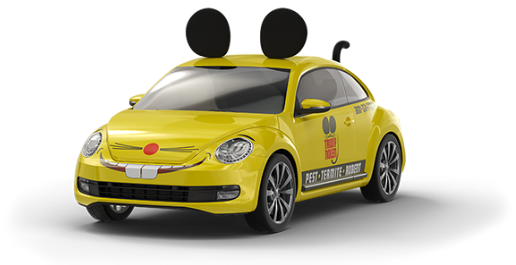
Lice Facts
- Location: Lice can be found all over the world
- Size: Typically, adult lice are tiny (2 – 3 mm) about the size of a sesame seed
- Color: Wingless insects that vary in color from light brown, light red, to tan in color
Louse Behavior
The most common species are head lice, pubic lice and body lice. Lice can tolerate various environments, and are generally spread among people through direct contact and from contact with inanimate objects, like combs, beds, etc. Some species can live in fabrics and on cloths for several days, which allow ample opportunity to spread. They are active all seasons of the year which keeps the transmission of the bug at a steady rate.
Lice, or in the singular form, a Louse, are mostly scavengers, most species feeding exclusively on human blood. Generally, lice latch onto a human host and feed on the skin found on the host’s body. Normally lice do not live in colonies. However, once established on the human host they will reproduce in size and number and continue to live off the host until completely removed. There are many different types of lice, with some species pertaining only animals or humans, and others being able to go to any other species.
You are at greatest risk of getting lice if you come into close contact with someone who already has lice. Direct contact is the most common way to get lice; however, you can also get them from contact with infected animals or an infected person’s clothing (such as hat, coat, scarves, hair ribbon) or other personal items (such as a brush, comb). Avoid contact with those infected and be sure to get your house inspected if you notice your animal or family excessively itching.
- Bites and Treatment
- Infestation
- How to Get Rid of Them
4 Seasons Pest Control

Satisfaction Guarantee
What it includes*
-
Ants
-
Crickets
-
Fleas
-
Mice
-
All Roaches
-
Scorpions
-
Spiders
-
Ticks
-
Wasps
-
Other*
